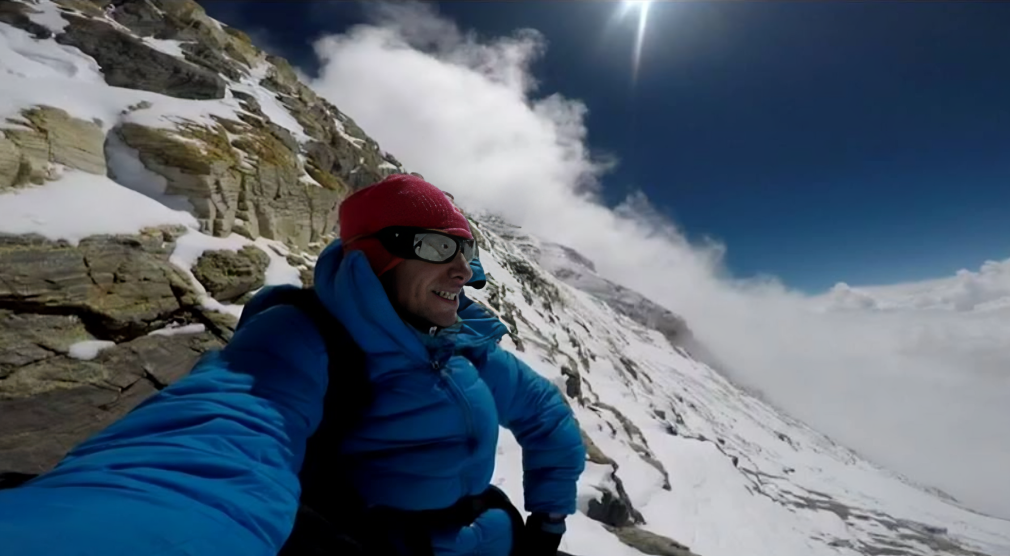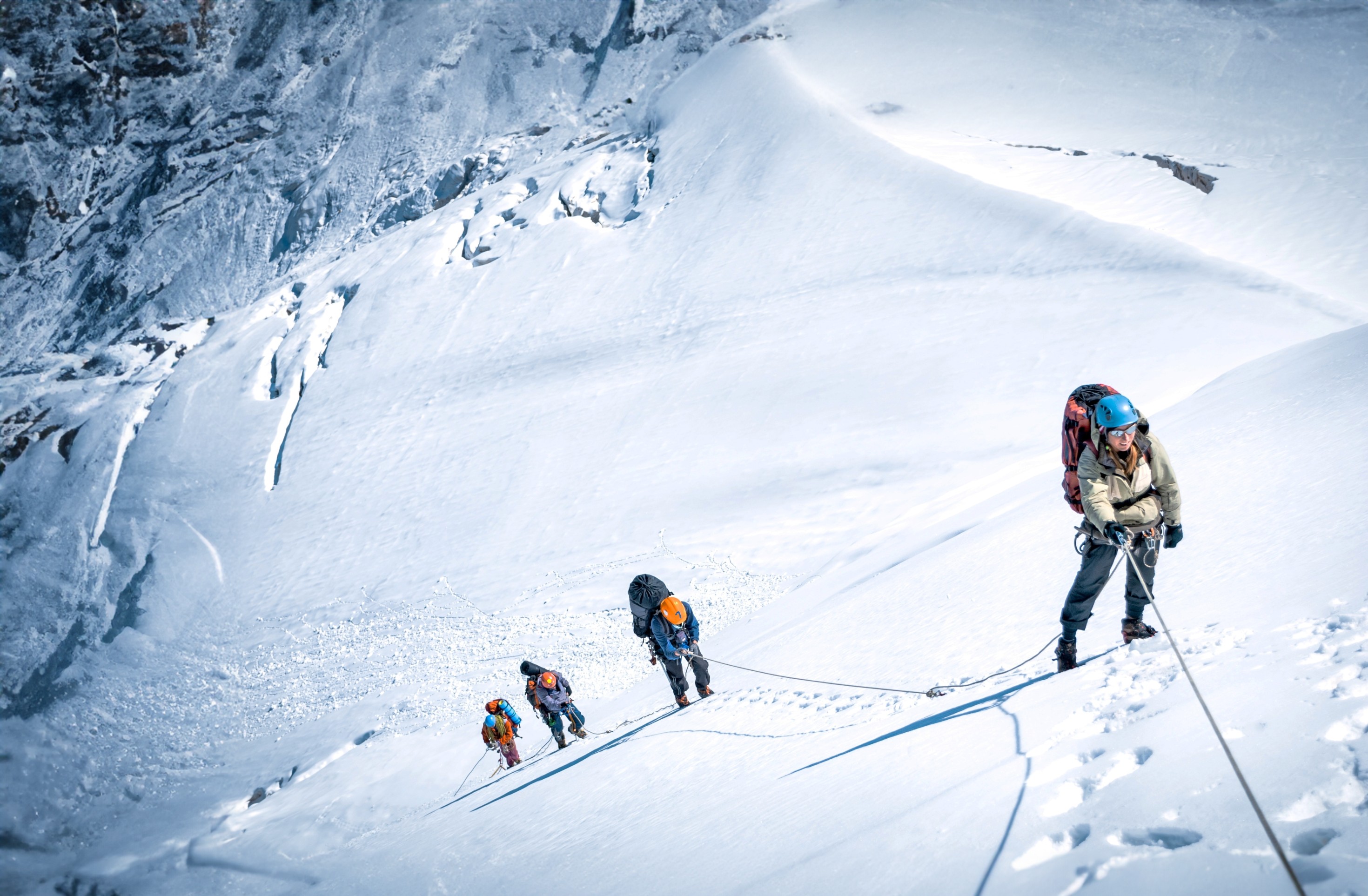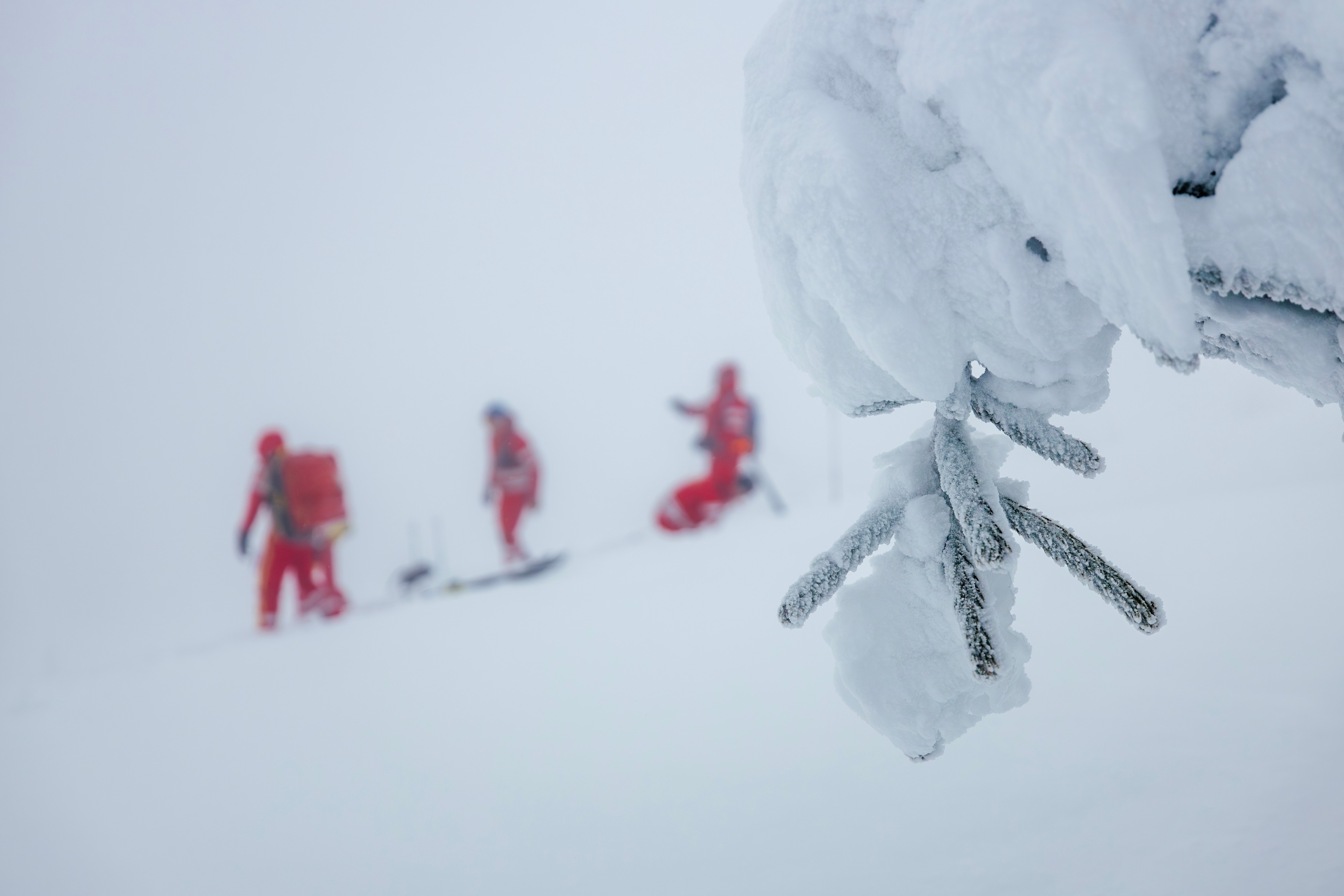Speed Climbing vs. Safety | Chasing Glory or Gambling with Lives?
Speed climbing is undeniably thrilling. The idea of racing against the clock to conquer towering peaks and treacherous routes has captivated climbers and spectators alike. But behind the adrenaline-pumping headlines and Instagram-worthy summit photos lies a contentious debate: Is the growing popularity of speed climbing pushing athletes to take dangerous shortcuts, jeopardizing safety for the sake of glory?
As speed climbing grows into a recognized subculture of mountaineering, with records being shattered at unprecedented rates, critics are raising concerns. Does this high-stakes pursuit glorify recklessness? Are climbers prioritizing speed over safety and rational decision-making in life-or-death environments?
The Allure of Speed Climbing
For many climbers, speed climbing offers the ultimate challenge: pitting themselves not just against the mountain, but against time itself. It requires a combination of technical expertise, unparalleled endurance, and sheer willpower to move fast and efficiently while navigating some of the world’s most unforgiving terrain.
Take, for instance, Kilian Jornet’s jaw-dropping speed record on Mount Everest in 2017. Jornet summited the world’s tallest peak without supplemental oxygen or fixed ropes in just 26 hours from Base Camp (after some weeks or acclimatisation). Such feats redefine the limits of human capability and inspire climbers around the world to dream big.
But with every new record comes whispers of concern. The very nature of speed climbing, pushing boundaries, cutting down climbing time, and often minimizing equipment, raises serious questions about the risks involved. How far is too far?
 The Rise of "Summit Fever" in Speed Climbing
The Rise of "Summit Fever" in Speed Climbing
Mountaineering has always had its risks, but speed climbing amplifies them. As climbers race the clock, there’s less time for careful decision-making, recovery, or responding to changing conditions. This creates a dangerous cocktail of physical and mental strain, heightened by the pressure to succeed.
Speed climbing fuels a form of "summit fever", an obsession with reaching the top at any cost. In their rush to beat records, climbers may ignore warning signs such as fatigue, altitude sickness, or deteriorating weather conditions.
For example, several climbers on prominent routes like the Eiger's North Face or Denali’s West Buttress have suffered fatal falls in recent years, attempting to move too fast in risky conditions. Speed climbing demands precision, but in reality, speed and precision rarely go hand in hand when you're pushing the limits. One misstep at altitude can mean the difference between a record and a rescue mission.
Is Speed Climbing Encouraging Recklessness?
Critics argue that speed climbing inherently incentivizes risk-taking. By focusing on how fast someone can complete a route, climbers are often tempted to compromise on safety protocols, skipping belays, using minimal gear, or relying on weather windows that are dangerously narrow.
Take fixed ropes, for example. On normal ascents, fixed ropes provide an extra layer of security during tricky sections. But speed climbers often forego them, instead relying on their own agility and skill. While this approach aligns with the purity of the sport, it’s undeniably riskier. The same applies to equipment: speed climbers typically carry lightweight gear to enhance mobility, leaving behind items that could be lifesaving in emergencies.

The Pressure to Perform
The rise of social media has also played a significant role in fueling the speed climbing craze. Viral videos of climbers scaling iconic peaks in record time generate millions of views, earning athletes fame, sponsorships, and financial rewards.
However, this visibility comes with its own set of pressures. Many climbers now feel the need to push harder, faster, and riskier to maintain relevance in an increasingly competitive space.
This culture of glorifying extreme achievements can blur the line between ambition and recklessness, especially for less-experienced climbers trying to emulate their heroes.
Balancing Speed and Safety
Despite the criticisms, many seasoned climbers argue that speed climbing can be done safely if approached responsibly. The best speed climbers are highly skilled athletes who understand their limits, the terrain, and the inherent dangers of the sport.
For instance, Ueli Steck, nicknamed "The Swiss Machine," was renowned for his precision and preparation in speed climbing. Steck’s speed ascents, including his record-breaking climb of the Eiger’s North Face in just under three hours, demonstrated a mastery of technique, fitness, and risk management. Yet even Steck wasn’t immune to the risks, he tragically fell to his death on Nuptse in 2017 during a solo climb.
Proponents of speed climbing emphasize that the discipline isn’t about carelessness but efficiency. They point out that being fast can sometimes enhance safety, allowing climbers to avoid prolonged exposure to avalanches, rockfall, or rapidly changing weather.
Is It Worth the Risk?
The debate over speed climbing boils down to a broader question: What is the true essence of mountaineering? Is it about reaching the summit as quickly as possible, or is it about the journey, the process, and the connection to nature?
While speed climbing undoubtedly represents the pinnacle of athleticism and determination, its risks cannot be ignored. As the sport grows in popularity, it’s crucial to ensure that climbers, both experienced and aspiring, prioritize safety over glory.
Guides and organizations also play a key role in educating climbers about responsible practices. Expeditions arranged through companies like Furtenbach Adventures, CTSS, and SummitClimb focus on teaching climbers how to balance ambition with risk management, ensuring they can push their limits without compromising their safety.

Speed climbing is here to stay, but the climbing community must confront its growing pains. As more athletes attempt to break records, the sport faces a critical moment to establish boundaries and promote a culture that values preparation, respect for the mountains, and responsible risk-taking.
For those watching in awe as climbers race up snow-covered peaks, it’s easy to be inspired. But let’s not forget: the mountain always has the final say. It’s up to climbers to ensure that the pursuit of speed doesn’t come at the cost of their lives, or the soul of the sport itself.
Speed climbing is a thrilling, inspiring, and undeniably dangerous discipline. Whether you admire the sport or question its risks, it forces us to reflect on the deeper values of mountaineering: perseverance, respect for nature, and pushing boundaries with purpose.